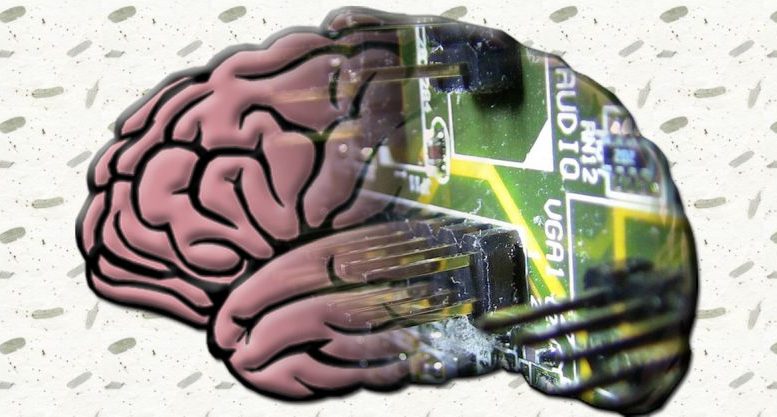
Is this oak tree sentient? Some would argue so
#Human sentience how to#
Humans clearly don’t agree on how to apply the concept of sentience to biological organisms, which makes applying it to AI very problematic indeed. Some influential researchers even go as far as to argue that trees are sentient due to their sophisticated capacity to sense their environment, communicate with each other and make independent ‘judgments’ that affect their survival. not sentient or not sentient), and the implications of classifying a being as sentient vary from case to case. So, not only is sentience tough to define, but it’s also non-binary (i.e. And while some humans might tolerate cruelty to snails, most wouldn’t tolerate cruelty to cats. By the above definition, both snails and cats are sentient, but one organism is certainly more sophisticated than the other. However, while many animals are sentient, their intelligence is highly variable. The encyclopedia argues that animal sentience extends to “fish and other vertebrates, as well as some molluscs and decapod crustaceans.” Many argue that the definition should be expanded a whole myriad of animals across virtually every kingdom. A more complete understanding of animal sentience was established soon after, which the Encyclopedia of Animal Behavior defines as "sophisticated cognition and the experience of positive and negative feelings". The “cognitive revolution” of the 19th century accelerated our understanding of animal intelligence. The study of ants, myrmecology, also fascinated early naturalists who speculated that even insects were capable of intelligent behavior. Humans applied concepts such as emotion, feeling, intelligence, wisdom, and reason to animals long before AIs.Īnimal intelligence was described in early literature, such as in Aesop’s fables, where a crow solves a complex problem by dropping rocks into a jug to elevate the water level until it can drink. The Problem of Emotion, Feeling, and Intelligence Unwrapping the concept of sentience and its connotations is critical to understanding when an AI might become sentient. Sentience is complex, but it's ultimately unable to articulate the cognitive capabilities of intelligent biological beings, such as humans, great apes, dolphins, some birds, and a few other animals. However, it's important to point out that most organisms and systems that qualify as sentient are likely to be intelligent, even if the concepts are not necessarily intrinsically linked. The neuroscientist Antonio Damaso described sentience as a kind of minimalist consciousness, which helps delineate it from related concepts. We can see in the diagram above that sentience overlaps with emotion, consciousness and sapience, but doesn't infer intelligence alone. Sentience overlaps with a small portiom of emotion, consciousness, and sapience However, the word ‘sentience’ often has an emotional connotation, despite the ‘proper’ definition’s focus on feeling and sensation, which are not the same as emotion. The definition of sentience focuses on feelings and sensations rather than wisdom, knowledge, emotion, or reason. In western academia, sentience was robustly defined in the 17th century, when philosophers separated the capacity to reason from the capacity to feel.



#Human sentience free#
The first vow of a Bodhisattva (a person on the path to Buddhahood) states, "Sentient beings are numberless I vow to free them." Buddhist scriptures from approximately 200 BCE describe non-human creatures as sentient in that they can experience feelings and sensations. The concept of sentience originates in ancient Eastern religions, like Buddhism, Jainism, Sikhism, and Hinduism. But to understand when AI becomes sentient, it’s first essential to comprehend sentience, which isn’t straightforward in itself. Since the dawn of AI, both the scientific community and the public have been locked in debate about when an AI becomes sentient.


 0 kommentar(er)
0 kommentar(er)
